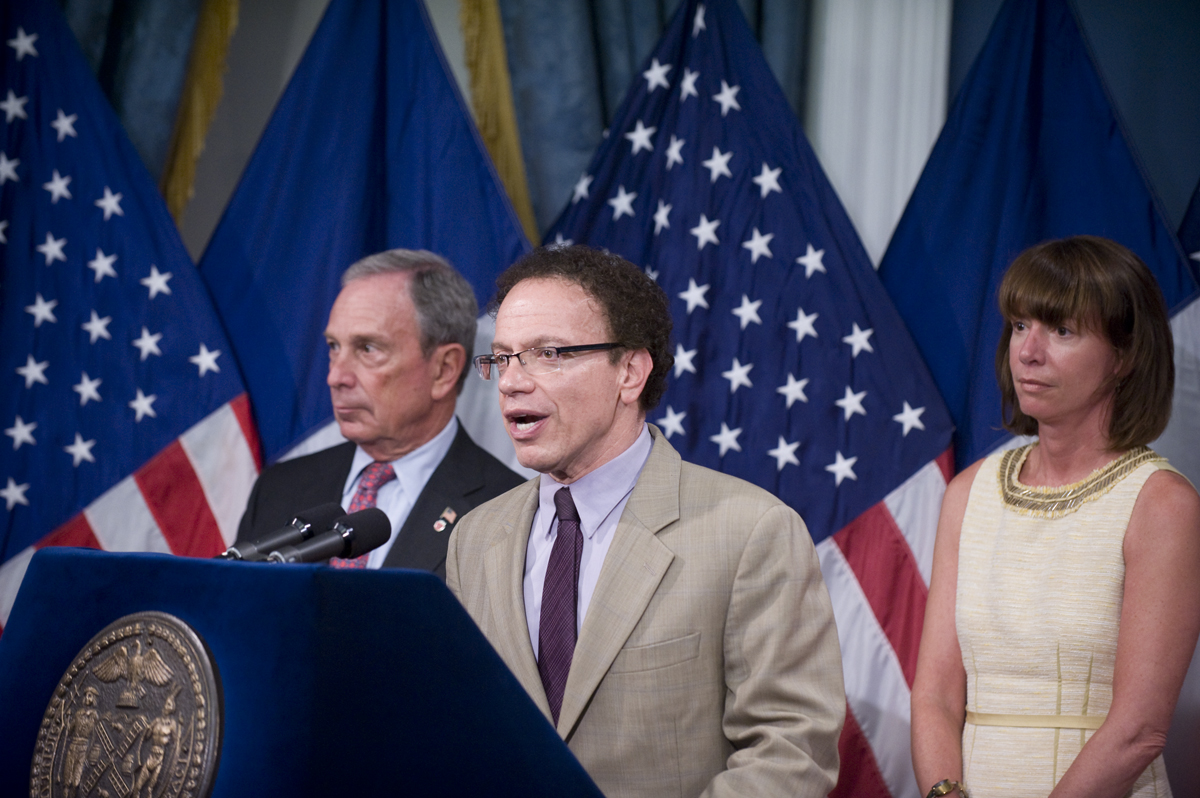TRANSPORTATION NEWS

Feds slam the breaks on 26 bus operations, which regularly transported more than 1,800 passengers every day along Interstate 95. These trips between New York and Florida have now been been halted for safety violations in our government's largest single safety crackdown of the motor coach industry.
